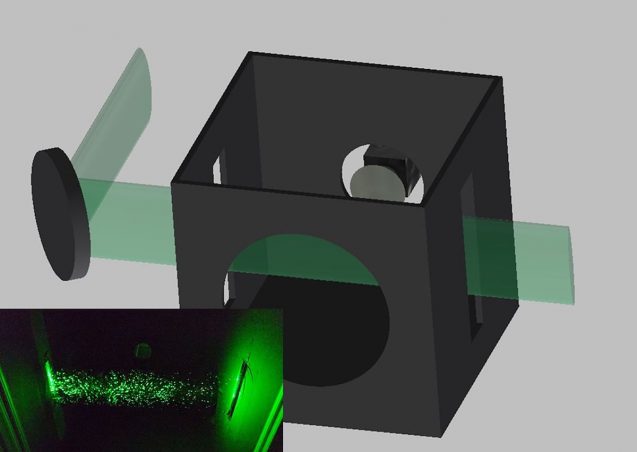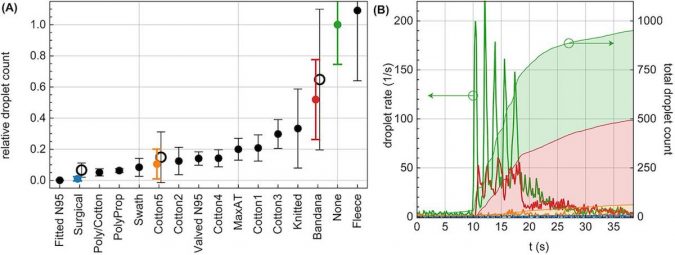Of all the mask studies, the latest by Duke University researchers affirming the fitted N95 as king in the fight against COVID-19, the most important remains the study of all studies by the University of Washington’s Institute for Health Metrics and Evaluation.
The IHME, a research center that has provided projections on hospitalizations and deaths during the COVID-19 pandemic, performed a meta-analysis earlier this summer of mask studies from the United States, China and Germany that confirmed what most medical experts have advocated for months:
If 95 percent of people wear cloth masks when within 6 feet of other people in public, it will reduce COVID-19 transmission by at least 30 percent. So if every infected person transmits the virus to 30 percent fewer people, it improves the chances of subduing COVID-19’s spread in the United States.
“It’s as important as ever to wash your hands, wear a mask and don’t touch your face,” said Keith Grant, APRN, head of infectious disease for Hartford HealthCare. “Those are still the basic ways to avoid COVID-19 infection.”
Masks work. The meta-analysis assumed all masks in public use are cloth, not the even more effective N95 respirators worn by healthcare professionals. The new Duke study, published Aug. 7 in the journal Science Advances, rated a fitted N95 and a three-layer surgical mask as the top two protectors in simple tests using using a cardboard box with a lens, a laser and a phone’s camera to track particles released from a person’s mouth when speaking. (Do not use an N95 mask with a valve. Here’s why.) Three of the next four top performers in the test included cotton.
Test subjects were asked to repeat the same phrase into the box without a mask, then repeat with each mask. Every mask was tested 10 times. (See a schematic, courtesy of Duke, of the test setup below.)

Here’s the full list, with each mask identified by a number in parenthesis corresponding to the photo above:
1. Fitted N95, no valve (14 in photo)
2. 3-layer surgical mask (1)
3. Cotton-polypropylene-cotton mask (5)
4. 2-layer polypropylene apron mask (4)
5. 2-layer cotton, pleated style mask (13)
6. 2-layer cotton, pleated style mask (7)
7. Valved N95 mask (2)
8. 2-layer cotton, Olson style mask (8)
9. 1-layer Maxima AT mask (6)
10. 1-layer cotton, pleated style mask (10)
11. 2-layer cotton, pleated style mask (9)
12. Knitted mask (3)
13. Double-layer bandana (12)
14. Gaiter-style neck fleece (11)
Here are the results, provided by Duke University:

The study’s big loser, the neck gaiter, is too thin to offer much protection, the researchers concluded.
It’s possible the fabric breaks up bigger particles into smaller particles that can remain airborne longer. Bandanas and knitted masks were similarly ineffective.
But the conclusions, as in so many other studies, have left little doubt that wearing a mask is our best defense against the spread of COVID-19.
Not feeling well? Call your healthcare provider for guidance and try to avoid going directly to an emergency department or urgent care center, as this could increase the chances of the disease spreading.
Click here to schedule a virtual visit with a Hartford HealthCare-GoHealth Urgent Care provider.
Stay with Hartford HealthCare for everything you need to know about the coronavirus threat. Click here for information updated daily.
Listen and subscribe to Hartford HealthCare’s More Life series on Apple Podcasts by clicking here.
Stay fit. Stay happy. Stay healthy. And keep on top of COVID-19 with Hartford HealthCare’s daily text alerts. Subscribe by texting MoreLife to 31996.